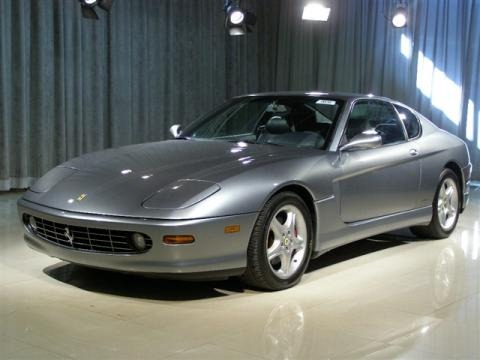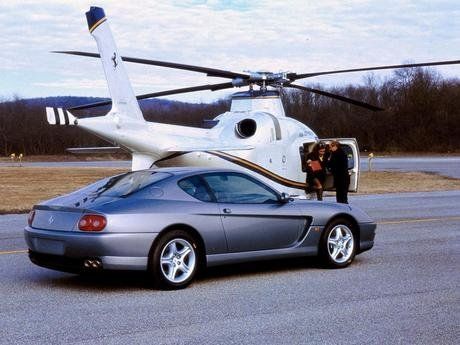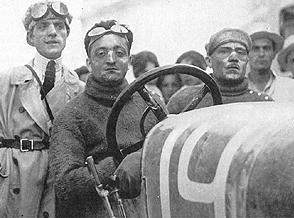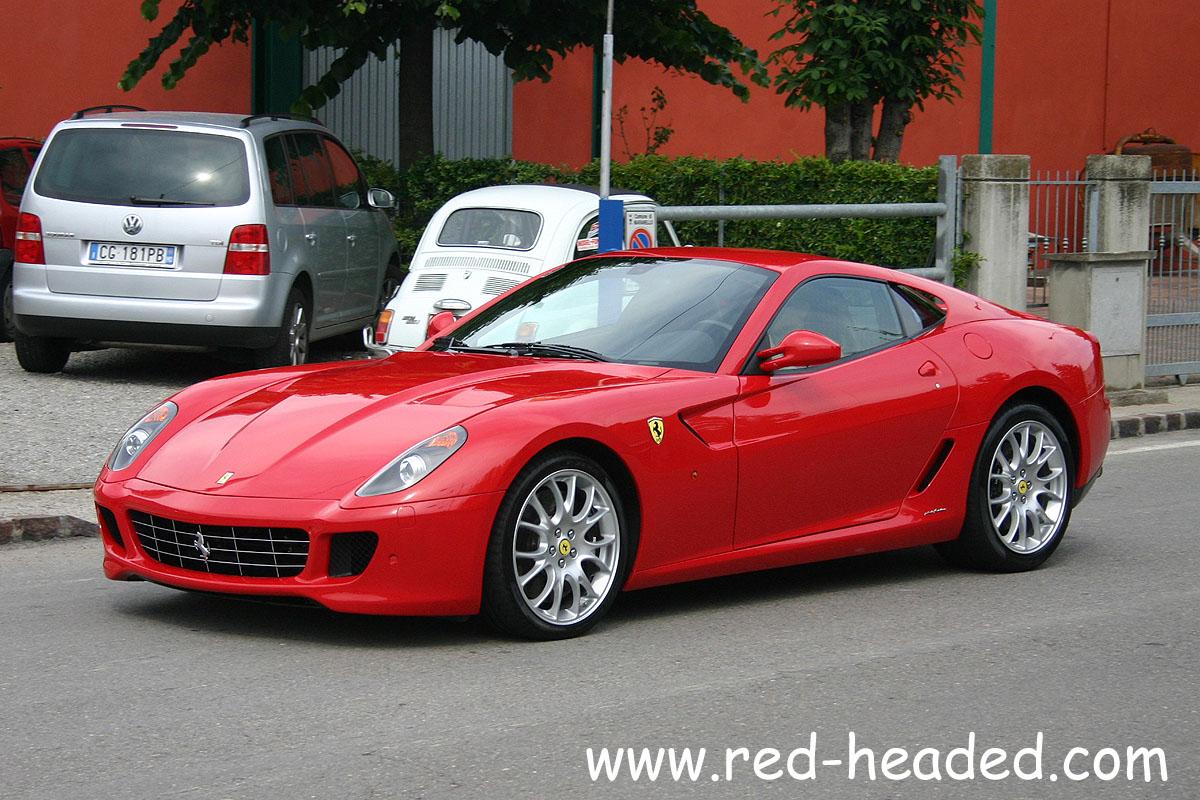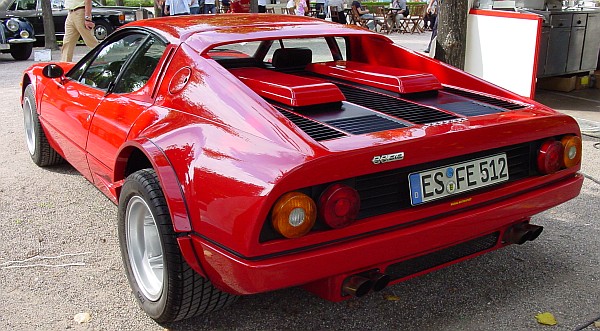Unlike most
Ferrari models, past and present, the 456M GT is a 2+2 berlinetta coupe, which means it has a snug two-place
rear seat in addition to the customary front buckets. As the company puts it, this is “the evolution of a very popular concept amongst Ferrari clients who want a real Ferrari with the practicality of rear seats for two additional passengers.”
In contrast to the mid-engine 360 Modena, Ferrari’s least costly model that is equipped with a V-8 behind the seats, the 456M GT has a V-12 engine mounted up front. The list price for the 456M GT is $226,975, while the automatic-transmission GTA goes for $232,170. That makes the 456M Ferrari’s most expensive model in the U.S. market at least until the 550 Barchetta goes on sale in spring 2001.
Ferrari sold about 4,000 cars worldwide during 2000, the company’s eighth year of increased sales. More than 1,000 went to North America, with California accounting for 22 percent of sales. Plans for 2001 are identical, with no more than 4,000 cars expected to go out the door.
“Berlinetta” translates to “little sedan,” which is the Italian way of describing what Americans call a two-door coupe. Like otherFerrari models , the 456M GT was styled by Pininfarina, a legendary Italian design studio that’s been responsible for many illustrious models in the company’s history.
About a foot longer than the 360 Modena, the 456M GT measures 187 inches overall. Body lines are softer than those of other Ferrari models, coupled with a cross-hatch grille and large bodyside scallops. The car’s classic look is accentuated by its long-hood and short-deck profile. Body panels are constructed of aluminum, the chassis is made of steel, and the hood is carbon fiber.



